
Nordic Design
Smartfox Books Code: PR7455
Normally: $158
"Nordic Design" is a celebration of the minimalist and functional design principles that have made Scandinavian interiors and architecture renowned worldwide. Rooted in simplicity, quality craftsmanship, and a deep connection to nature, Nordic design emphasizes clean lines, neutral colors, and the use of natural materials to create spaces that are both beautiful and practical.
From furniture and home accessories to entire architectural styles, Nordic design is defined by its focus on functionality without sacrificing aesthetics. This design approach is not only visually appealing but also creates a sense of calm and well-being, making it ideal for modern living. Key elements include minimalist furniture, soft textiles, and natural light, all contributing to the warm and inviting atmosphere that Nordic design is known for.
Whether you’re looking to transform your home with Scandinavian-inspired decor or simply want to understand the principles behind this timeless style, "Nordic Design" provides insights into the key elements and trends that define this enduring aesthetic.
Key Features:
-
Minimalist Aesthetics: Nordic design is characterized by its minimalist approach, focusing on clean lines, simple forms,
and uncluttered spaces that create a sense of calm and order.
-
Natural Materials: The use of natural materials like wood, stone, and wool is central to Nordic design, bringing warmth and
texture to interiors while maintaining a connection to nature.
-
Functional Design: Scandinavian design emphasizes functionality, with furniture and home accessories designed to be both
practical and aesthetically pleasing.
-
Timeless Style: Nordic design is timeless, with its emphasis on quality craftsmanship and sustainable materials ensuring
that pieces remain stylish and durable for years to come.
-
Neutral Color Palette: A neutral color palette, often dominated by whites, grays, and muted tones, is a hallmark of Nordic
design, creating a serene and harmonious environment.
-
Hygge Influence: The concept of "hygge," a Danish word for coziness and comfort, is an integral part of Nordic design,
promoting warmth and well-being in interior spaces.
-
Innovative Lighting: Lighting is a crucial aspect of Nordic design, with an emphasis on natural light and the use of
innovative lighting solutions to create ambiance and highlight design elements.
-
Sustainability: Nordic design often incorporates sustainable practices, from the use of eco-friendly materials to the
creation of designs that are both durable and recyclable.
-
Versatile Application: Whether applied to interiors, furniture, or architecture, Nordic design principles can be adapted to
a variety of spaces, making them versatile and widely appealing.
-
Inspiration for Modern Living: Nordic design offers inspiration for creating spaces that are not only aesthetically
pleasing but also conducive to a modern, balanced lifestyle.
Embrace the elegance and functionality of "Nordic Design" to create spaces that are both beautiful and practical. Whether you're redecorating your home, selecting new furniture, or exploring architectural styles, the timeless principles of Nordic design provide a perfect blend of simplicity, warmth, and sophistication.
Description:Nordic Design reveals the exceptional design objects from individual Nordic countries through essays and large-format illustrations that identify the influences and explore individualistic artistic positions.
The publication Nordic Design, launched by the Bröhan Museum in Berlin to mark its exhibition of the same name, takes as its theme the reaction of Nordic countries to German modernism and the Bauhaus. In doing so, the individual countries find a common creative denominator under the auspices of their own national characteristics.
Thus the special living conditions in Finland lead to unique aesthetic outcomes, where Alvar Aalto's interpretation of functional design became the foundation of Finland's own path to modernism. In Sweden, on the other hand, German concepts merged with local traditions; in accordance with the Swedish welfare state, all levels of the population should have access to good design. Consequently from the 1960s on, Ikea turned Swedish concepts into export successes across the world. In Denmark the focus is handcrafts, as opposed to industrial manufacture. With Kaare Klint, the father of Danish design, putting people and their anatomy at the core of design, in the 1950s and 1960s Danish design became the epitome of the Scandinavian aesthetic.
In the Nordic countries, it is not the avant-garde form — as is frequently found in Germany — but rather a bespoke solution for a specific task that stands at the fore. Thus Scandinavian functionalism does not prevail as some-thing avant-garde but instead becomes the constant that defines the identity of the Nordic nations















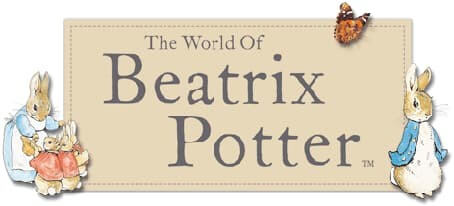

.jpg)



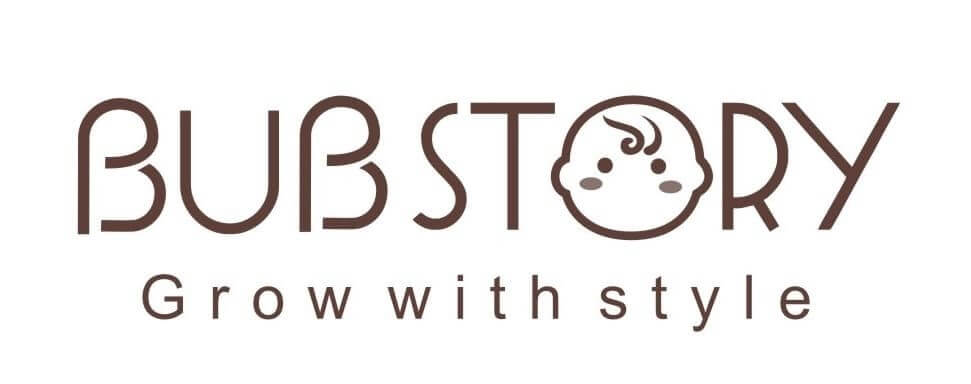














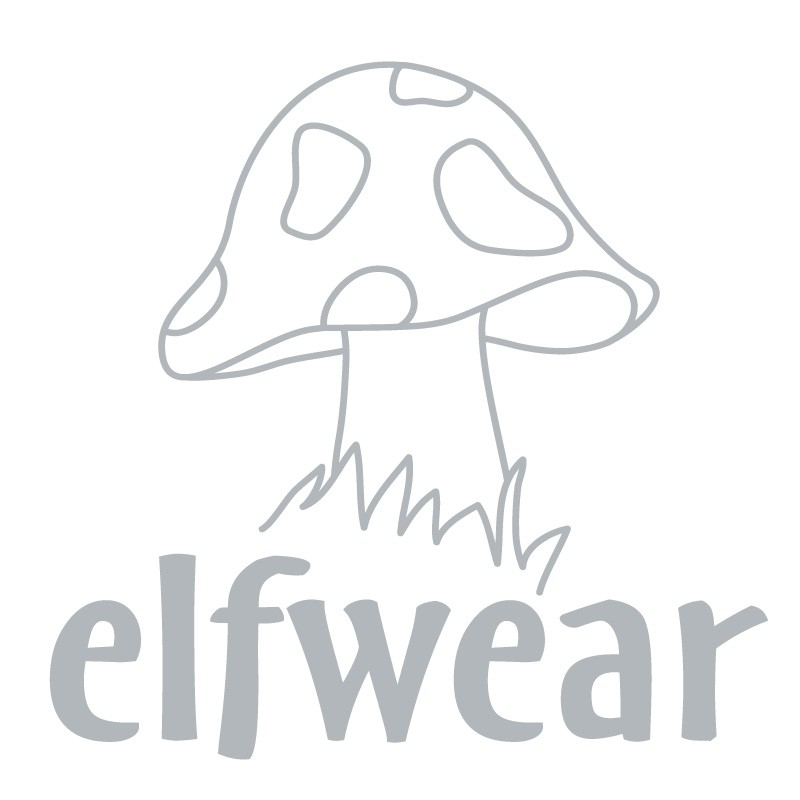
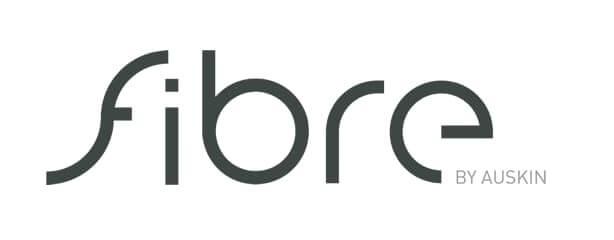
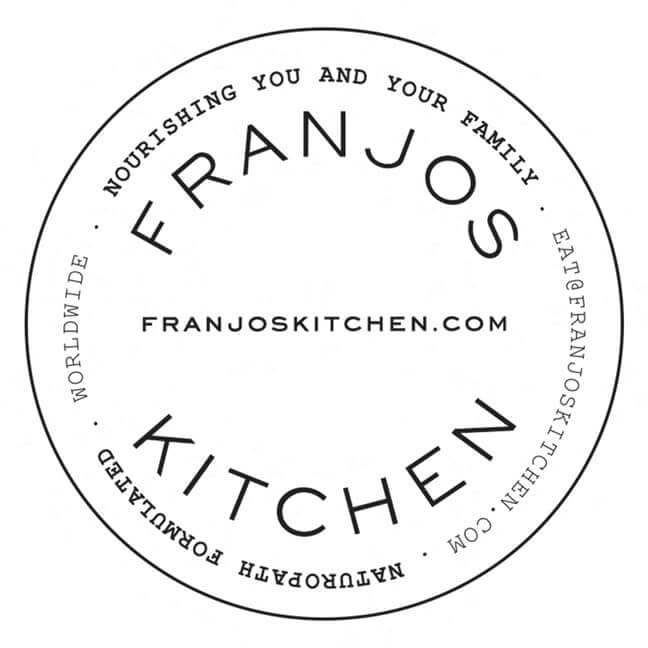








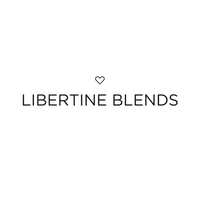
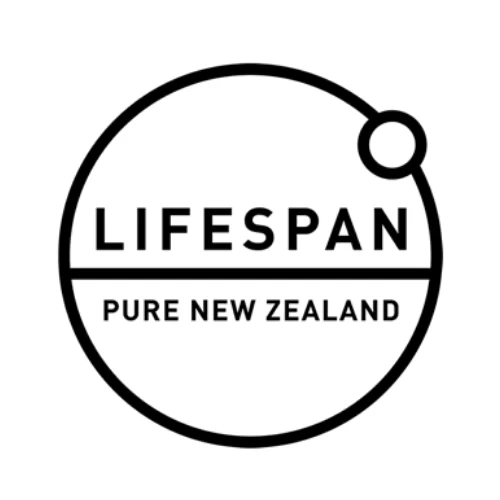

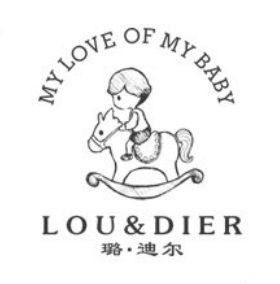



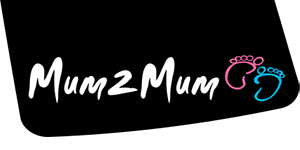




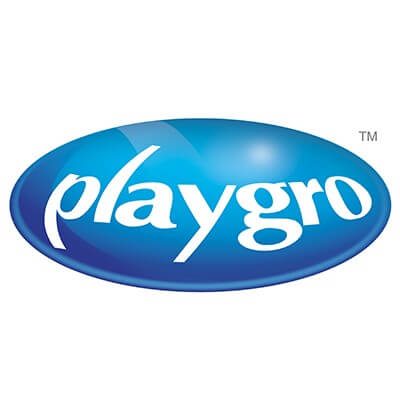
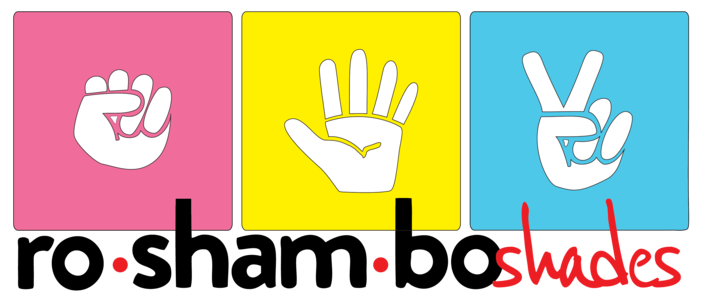





ulva-Logo.jpg)
